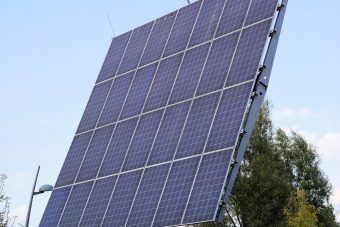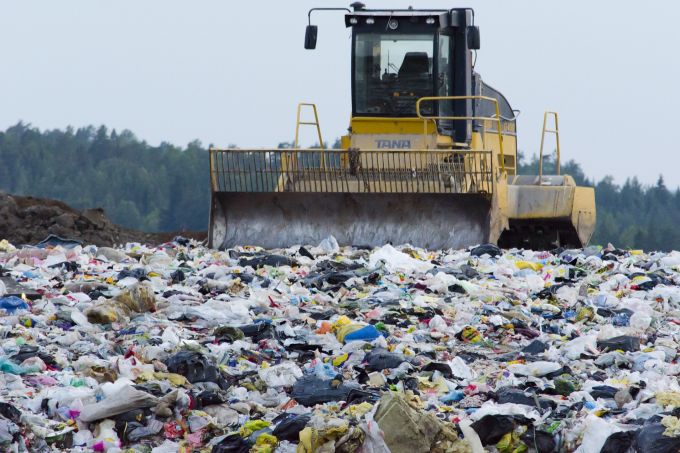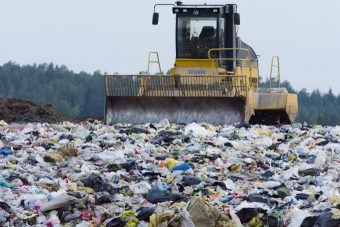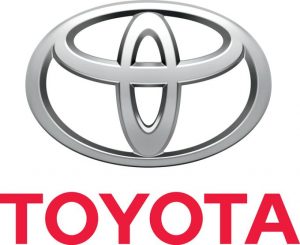
Campaigners, health charities and neighbourhood groups have welcomed plans by the London mayor, Sadiq Khan, to more than double funding to clean up the capital’s dirty air.
London is one of the most polluted of dozens of cities in the UK that breach EU standards on nitrogen dioxide (NO2), a toxic gas caused by diesel vehicles. Air pollution has been linked to nearly 9,500 premature deaths in the city each year.
Funding for air quality measures over the next five years will be more than doubled to £875m, under plans announced on Wednesday, up from the £425m committed under the former mayor Boris Johnson.
If approved at a Transport for London board meeting next week, most of the money – £312m – will be spent on cleaning up TfL’s 9,300-strong bus fleet. A further £65m will be used to compensate and encourage taxi drivers to switch from the oldest black cabs – those more than 10 years old – to new ones capable of zero emissions, meaning they will either run on batteries or hydrogen.
Local neighbourhood schemes will receive £14m for tackling some of the worst pollution hotspots outside the city centre. Plans will also be published next year to cut the number of buses running along Oxford Street, which researchers have said has the worst NO2 pollution in the world.
Khan said: “With nearly 10,000 Londoners dying early every year due to air pollution, tackling poor air quality is a public health emergency that requires bold action. I want London to be a world leader in how we respond to the challenge of cleaning up our air, and today I’m announcing that TfL will be doubling spending on improving London’s air over the next five years.”
The new money comes days after the mayors of four major world cities – Paris, Madrid, Athens and Mexico City – pledged to ban diesel cars by 2025.
Khan’s plans stops short of that, though the mayor is bringing in an “ultra low emissions zone” a year earlier than planned and has more than doubled its size. Owners of older diesel cars will have to pay £12.50 on top of the existing congestion charge to enter the zone.
The extra funding was welcomed by campaigners, though some called on the mayor to go further and ban diesel vehicles.
“Good job Sadiq,” said Simon Birkett, founder and director of Clean Air in London, but added: “We won’t be happy though till you ban diesel in London by 2020.”
Friends of the Earth London campaigner Sophie Neuburg said: “This cash injection from the mayor is great news for Londoners forced to suffer the impacts of the capital’s filthy air.” But she also called for Khan to follow the other cities and ban diesel vehicles.
Dr Samantha Walker, Asthma UK’s director of research and policy, said: “It is clear that action is needed and we welcome the extra investment to help clean up the air we breathe.”
The mayor also repeated his call on the government to do more to improve air quality, including introducing a scrappage scheme for the most polluting cars, a measure that officials have ruled out. On Tuesday, children and the British Lung Foundation delivered a petition signed by more than 20,000 people to 10 Downing Street urging more action on dirty air.
Source: theguardian.com



 An International Atomic Energy Agency (IAEA) team of safety experts said Italy is committed to effective nuclear regulatory oversight but faces challenges related to resources and needs to further develop policies for nuclear safety, decommissioning and managing radioactive waste.
An International Atomic Energy Agency (IAEA) team of safety experts said Italy is committed to effective nuclear regulatory oversight but faces challenges related to resources and needs to further develop policies for nuclear safety, decommissioning and managing radioactive waste.

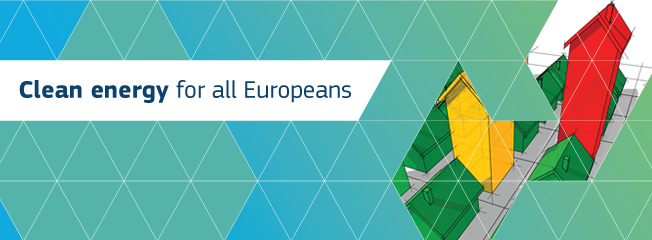
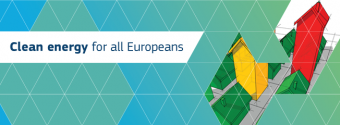 The European Commission has launched a new database on the EU’s building stock to monitor the energy performance of buildings across Europe. The database – called the EU Building Stock Observatory – provides information on buildings’ characteristics including their construction period, energy use, onsite renewable energy and renovation rates.
The European Commission has launched a new database on the EU’s building stock to monitor the energy performance of buildings across Europe. The database – called the EU Building Stock Observatory – provides information on buildings’ characteristics including their construction period, energy use, onsite renewable energy and renovation rates.


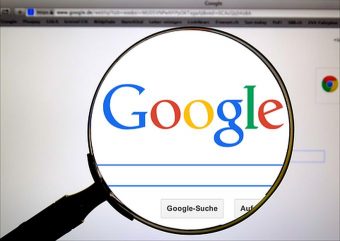
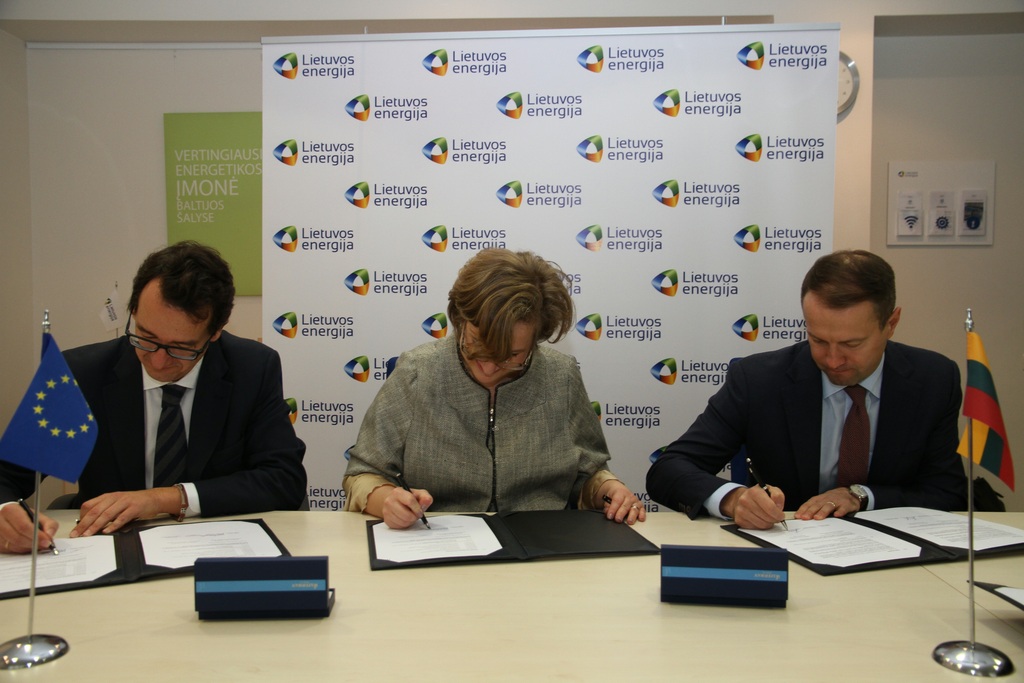
 The European Investment Bank (EIB) has signed a EUR 190 million loan agreement with Lietuvos Energija for the greenfield construction of new combined-heat-and-power (CHP) plant in Vilnius. The project is expected to lower municipal waste landfilling, decrease energy prices as well as cut emissions and improve the security of energy supply in the country. The EIB loan is guaranteed under the “Investment plan for Europe” of the Juncker Commission.
The European Investment Bank (EIB) has signed a EUR 190 million loan agreement with Lietuvos Energija for the greenfield construction of new combined-heat-and-power (CHP) plant in Vilnius. The project is expected to lower municipal waste landfilling, decrease energy prices as well as cut emissions and improve the security of energy supply in the country. The EIB loan is guaranteed under the “Investment plan for Europe” of the Juncker Commission.
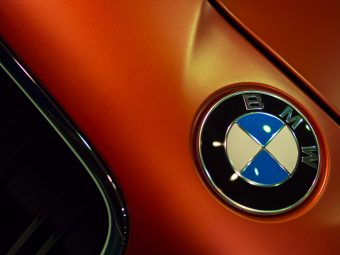
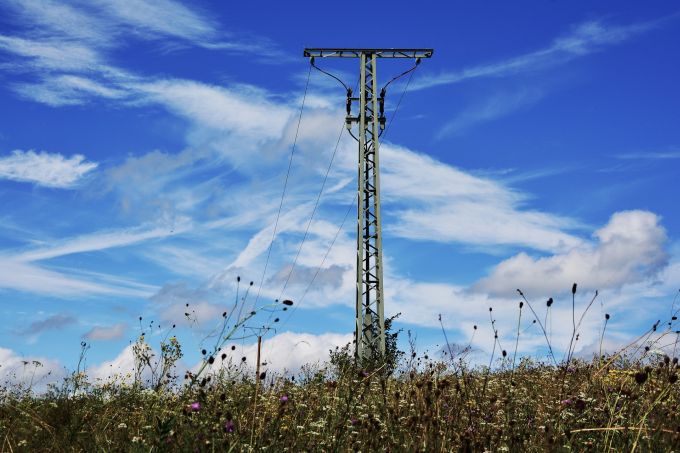
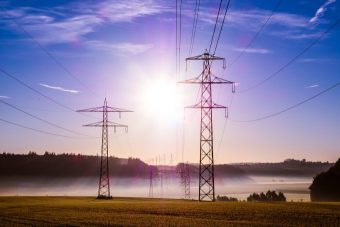
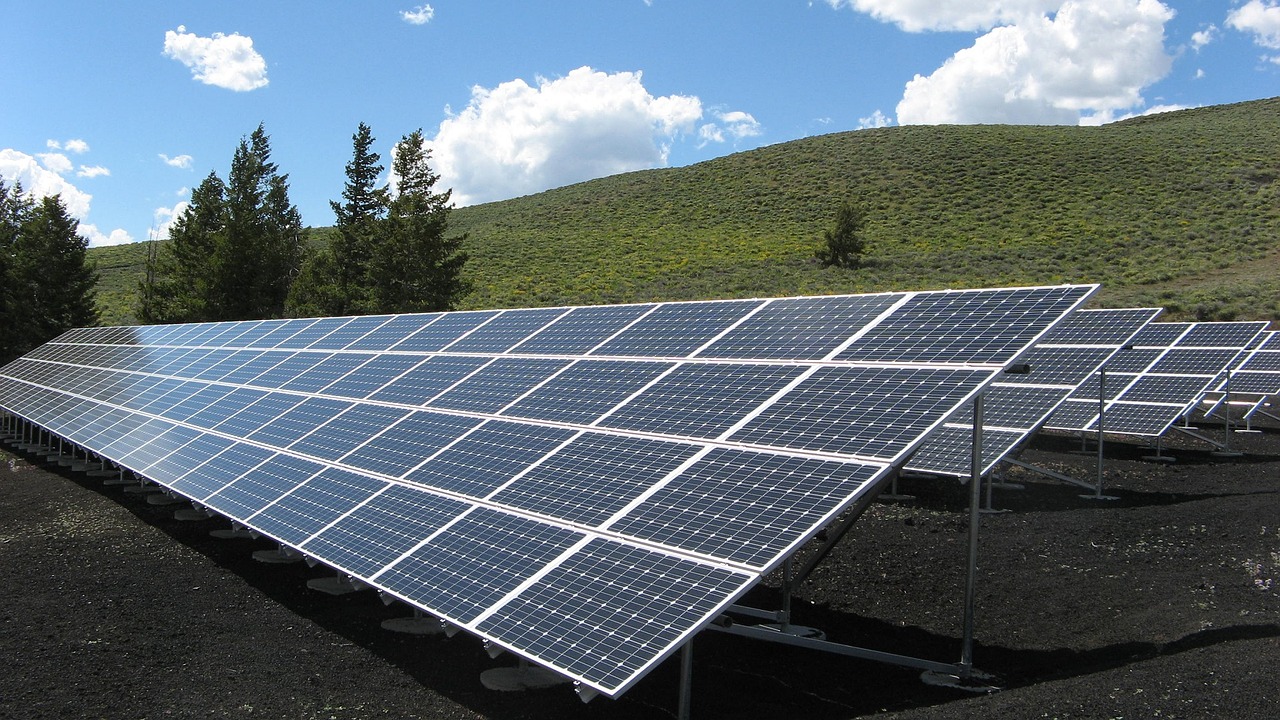
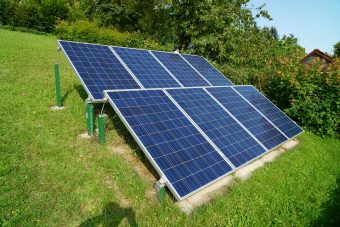
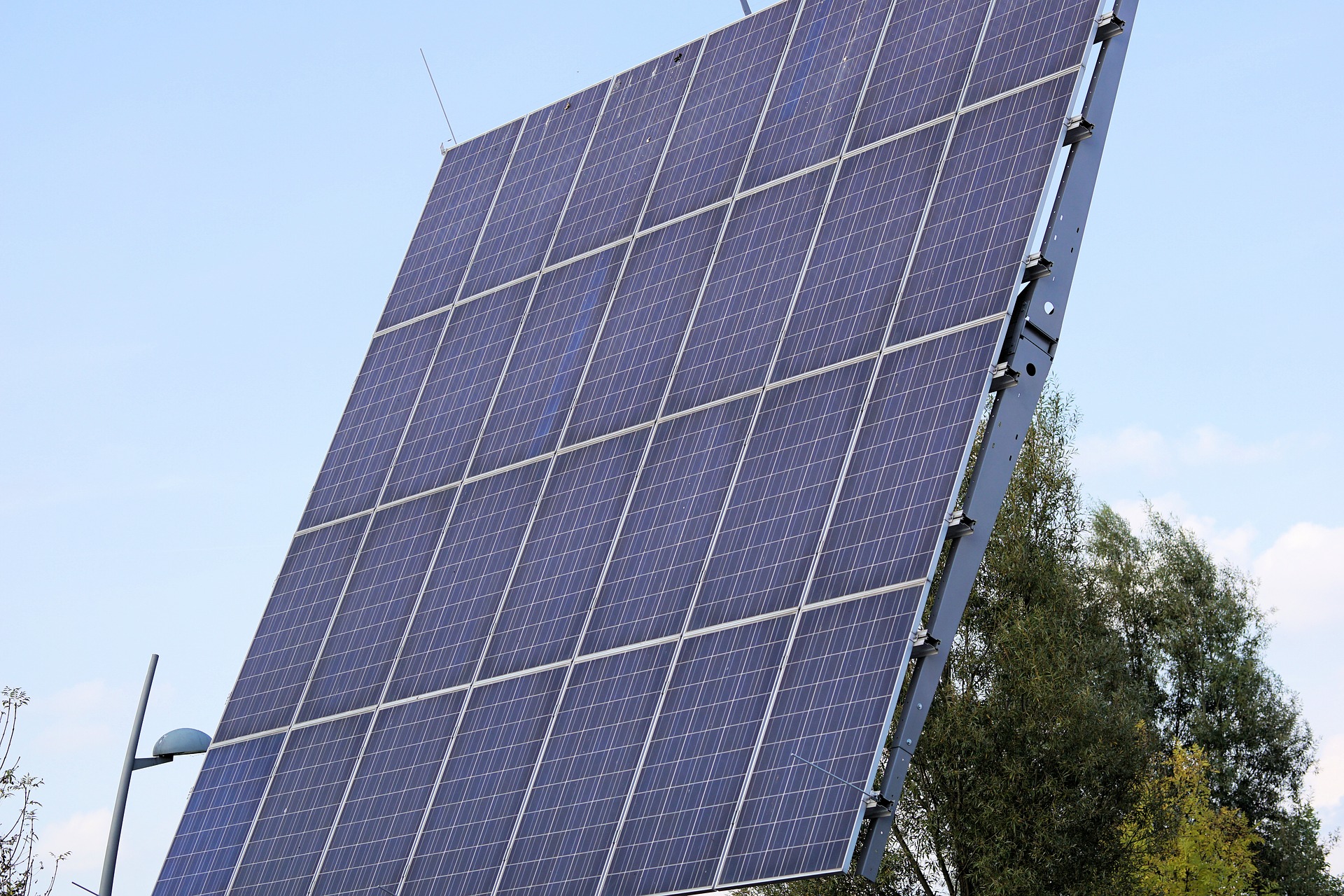



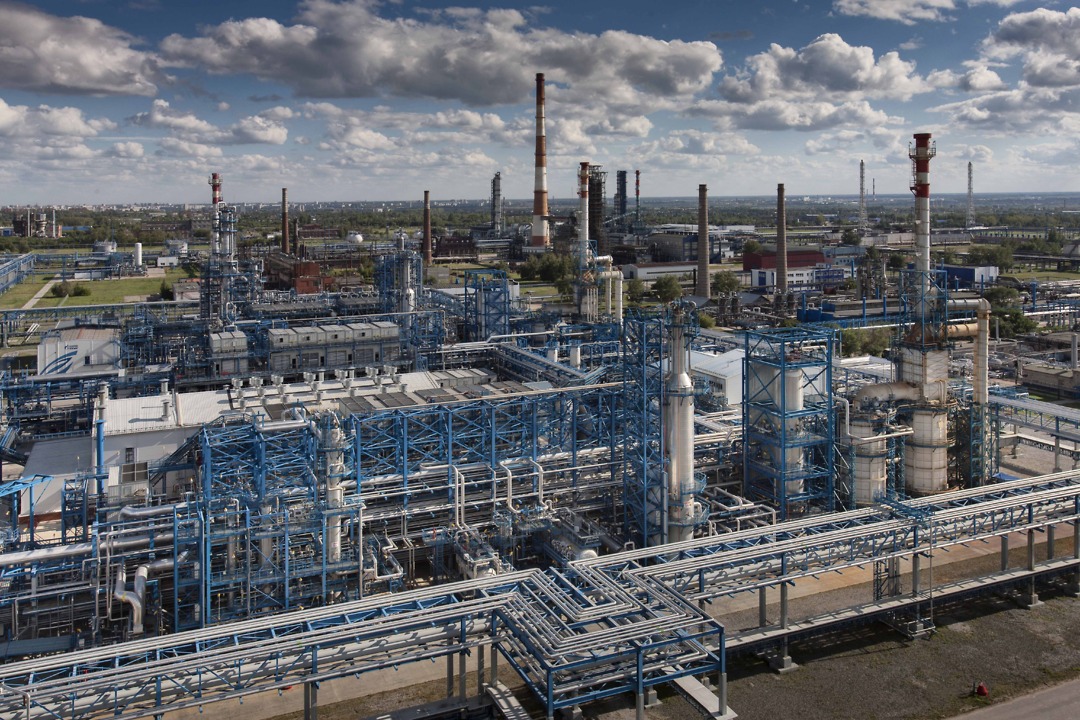
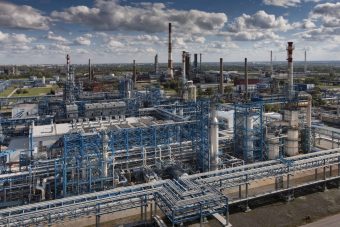 A project for the construction of a process condensate purification facility at the Gazprom Neft Omsk Refinery has been approved by federal agency Glavgosekspertiza Russia. This project is part of a wide-ranging environmental programme at the Omsk Refinery, involving the full-scale modernization of the plant. The new facility is expected to be commissioned in 2018.
A project for the construction of a process condensate purification facility at the Gazprom Neft Omsk Refinery has been approved by federal agency Glavgosekspertiza Russia. This project is part of a wide-ranging environmental programme at the Omsk Refinery, involving the full-scale modernization of the plant. The new facility is expected to be commissioned in 2018.